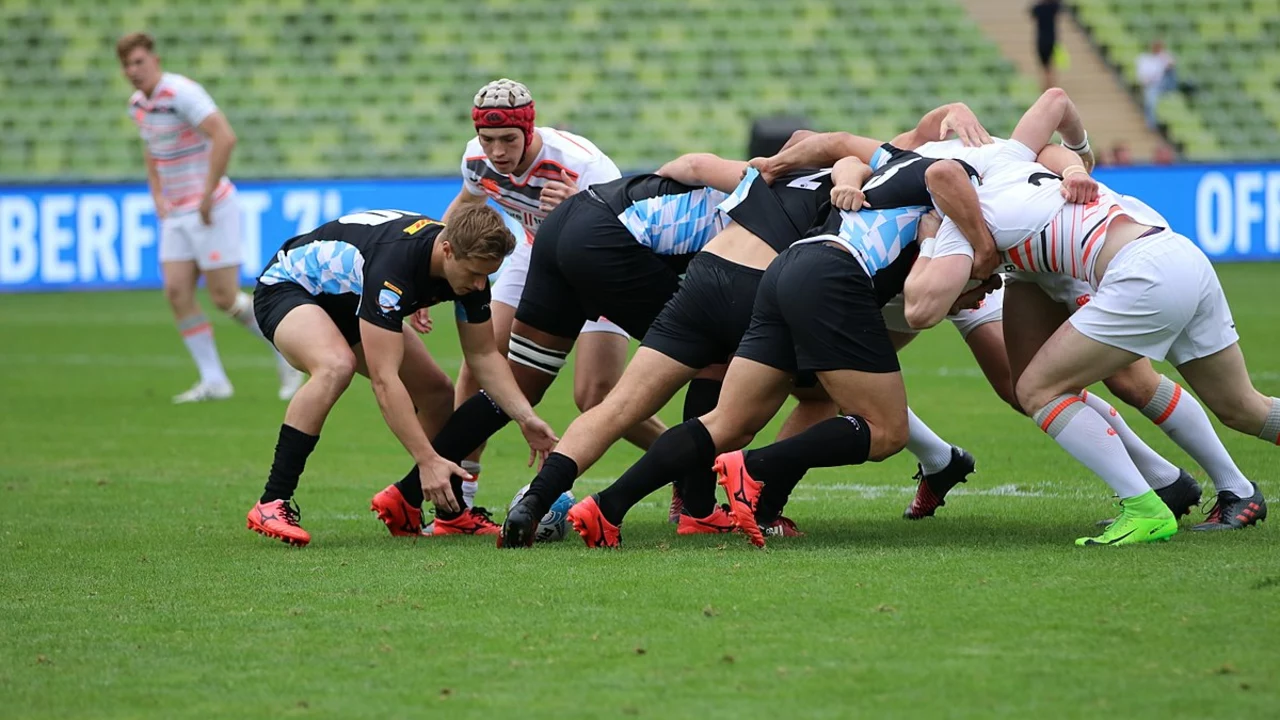In my exploration of rugby, I've found that sevens rugby and regular rugby, while similar, have key differences. Sevens rugby is a faster, shorter game with only seven players per team, as opposed to the 15 in regular rugby. This version is played in two seven-minute halves, much shorter than the 40-minute halves in regular rugby. Interestingly, scoring is the same in both, but sevens rugby often results in higher scores due to the open field. Lastly, in sevens rugby, conversions must be drop-kicked, adding an extra challenge compared to regular rugby where place kicking is allowed.
Rugby Comparisons: Rules, Popularity & Top Teams
When you hear the word "rugby" it can mean a lot of different things. Some folks think of the fast‑paced league game, others picture the strategic union version. Even the popularity of the sport shifts dramatically from country to country. This guide breaks down the biggest contrasts so you can see what makes each side tick.
League vs Union: The Core Rule Differences
At first glance, rugby league and rugby union share a similar look – oval ball, tackles, scrums – but the rulebook tells a different story. In league, each team gets six tackles before the ball is turned over. That creates a rapid‑play style where you often see long kicks and quick line breaks. Union, on the other hand, allows unlimited phases as long as the ball stays alive, which encourages rucks, mauls and a more methodical build‑up.
Another big contrast is the scrum. League scrums are largely uncontested and act as a way to restart play. Union scrums are a genuine contest for possession and can dramatically swing momentum. If you love high‑impact collisions, union’s scrums and line‑outs give you more of that drama; if you prefer continuous action, league’s faster turnover system might feel smoother.
Popularity Across Borders: Italy, the UK and Wider Europe
Rugby’s fan base isn’t uniform. In Italy, the sport is slowly gaining traction. While football dominates the headlines, more Italians are joining local clubs and cheering for the national side in the Six Nations. The growth is steady, driven by school programs and a few charismatic players who show that rugby can be as exciting as any other sport.
Contrast that with the United Kingdom, where rugby league struggles for mainstream attention despite a loyal following in northern England. Media coverage leans heavily toward football and rugby union, leaving league to rely on community clubs and regional pride to survive. Still, the game is carving out a niche, with attendance slowly rising at league matches.
Across Europe, rugby’s spread faces hurdles. Countries like France and England have professional leagues and strong television deals, which boost visibility. Many other European nations lack a professional structure, making it harder to attract talent and sponsors. The sport’s physical nature and the dominance of soccer also keep rugby from breaking through in places like Spain or Germany.
Who Carries the Prestige? The ‘Real Madrid’ of Rugby
If you’re looking for a rugby team that commands the same global respect as Real Madrid does in football, the All Blacks from New Zealand are the answer. Their win rate, World Cup titles, and iconic haka make them the benchmark for success. Fans worldwide recognize the black jersey, and the team’s style—powerful attacks backed by solid defence—sets the standard others try to emulate.
Other nations also have strong identities. South Africa’s Springboks blend physical dominance with tactical flair, while England’s red roses boast a deep history and a massive fan base. Each of these teams offers a different flavor of rugby excellence, giving fans plenty of options to cheer for.
Understanding these comparisons helps you pick the side of rugby that speaks to you. Whether you’re drawn to the rapid pace of league, the strategic depth of union, or the excitement of watching a top‑tier national side, there’s a version of rugby that fits every taste. Keep an eye on local clubs, follow international tournaments, and you’ll quickly see why rugby’s diverse landscape keeps fans coming back for more.
